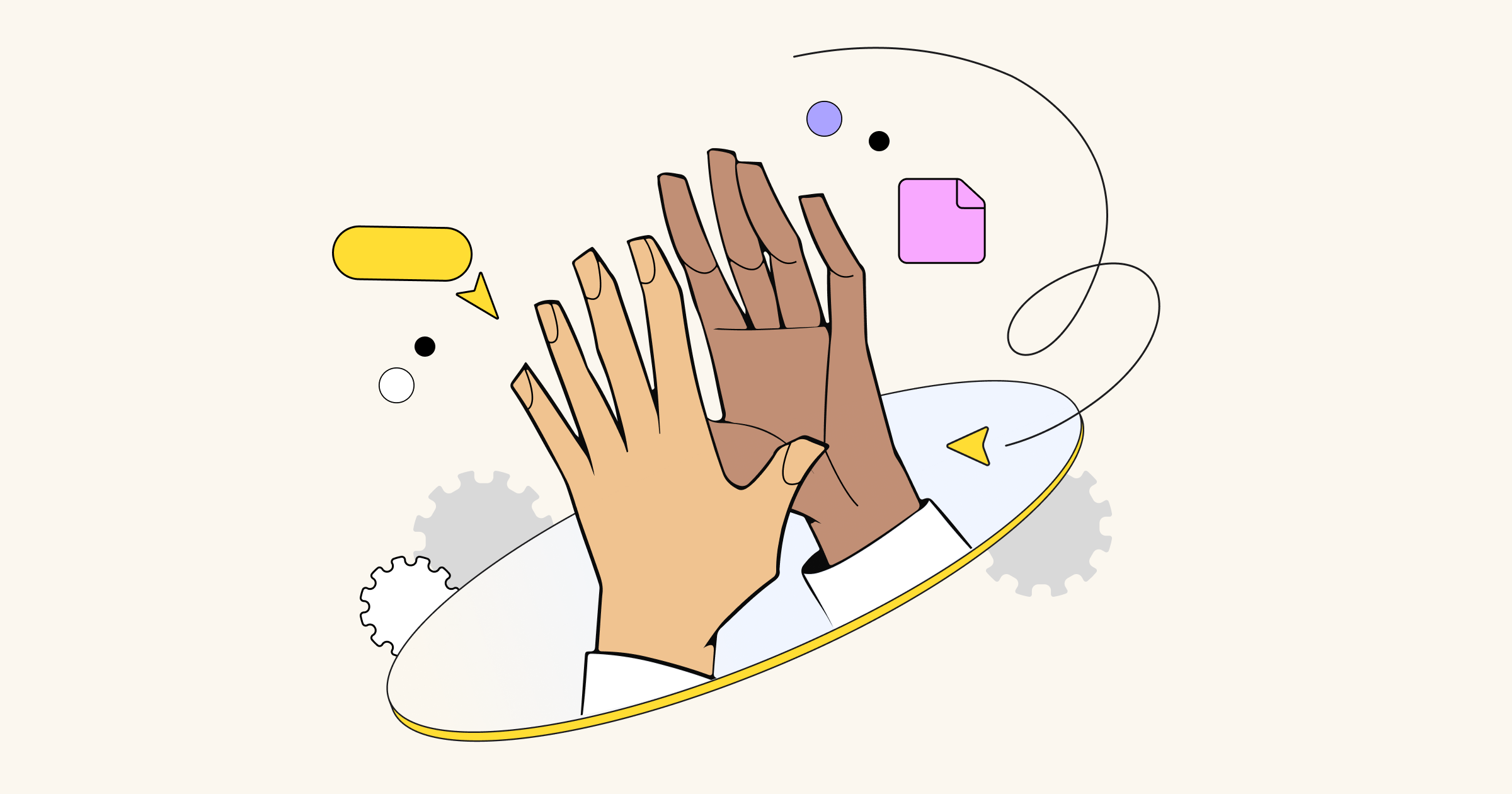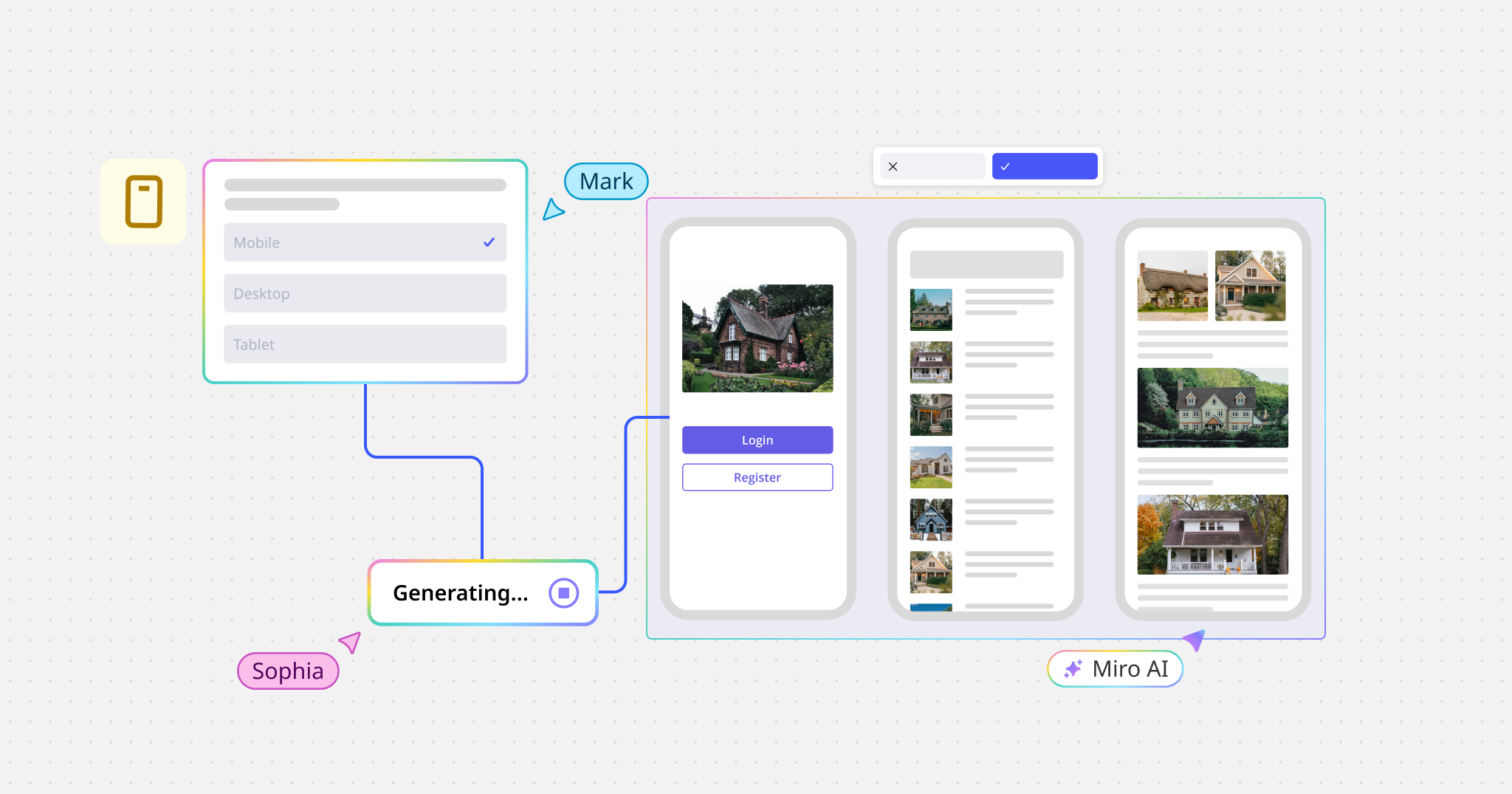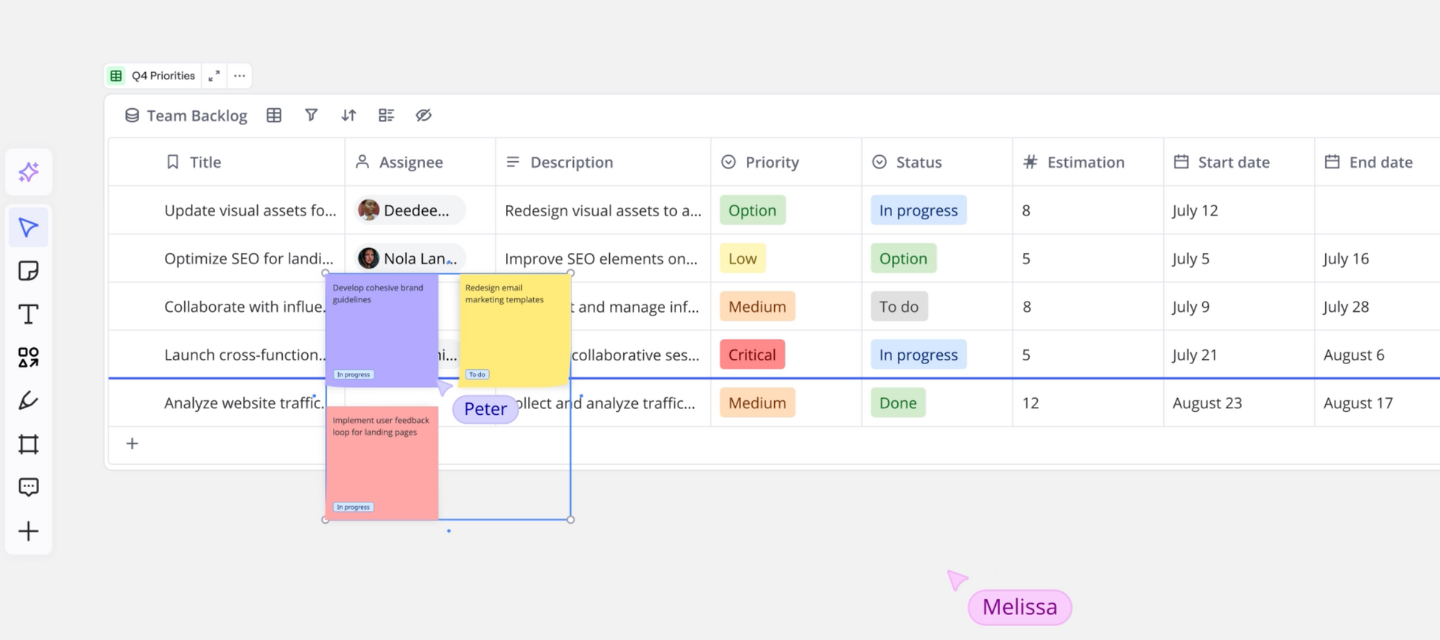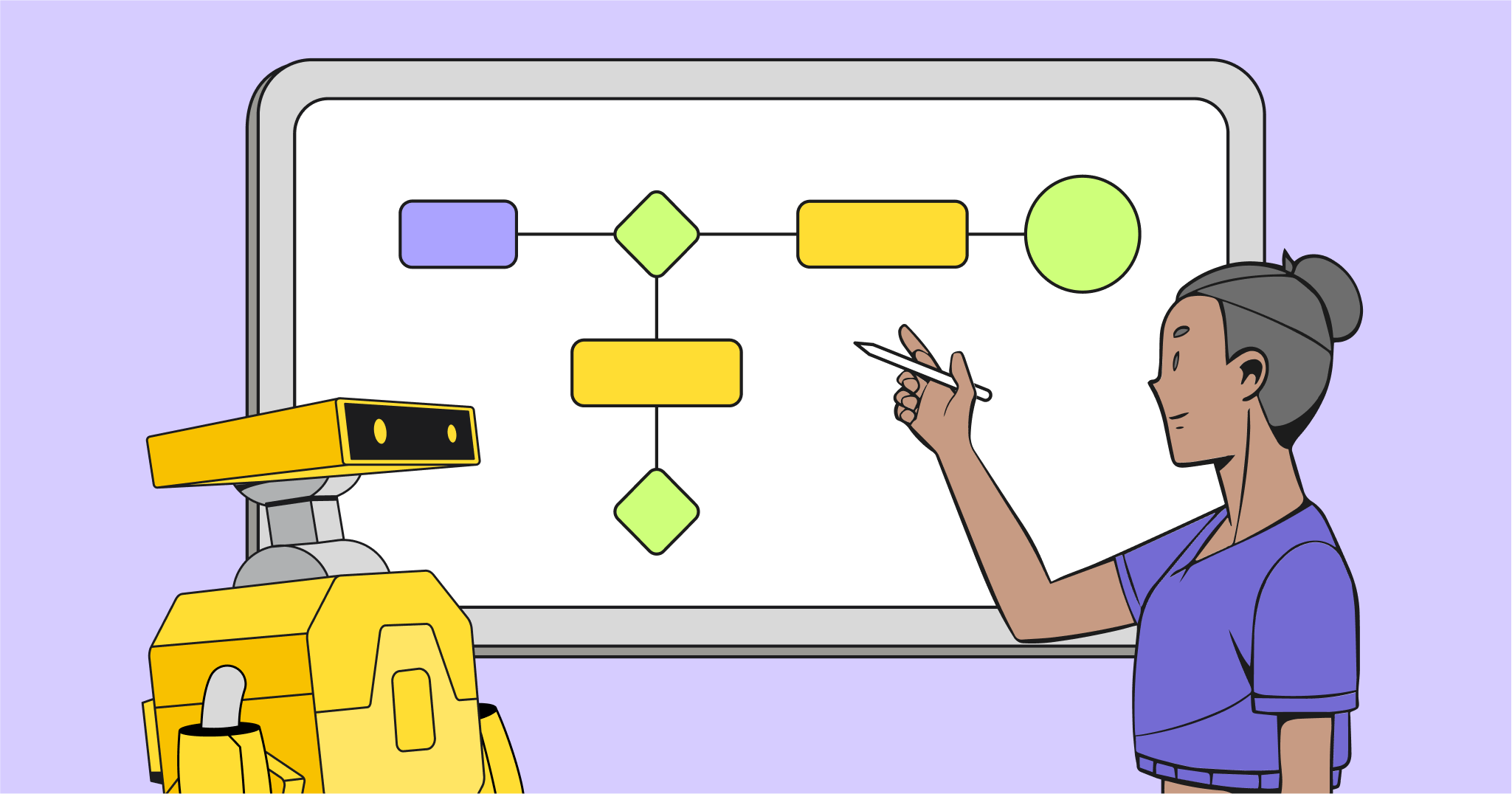When you’re starting a new project, developing an idea, or founding a company, it’s easy to think you need to keep everything to yourself—including your knowledge, your code, and most other things. For a lot of people, this seems like the only way to become successful—but it couldn’t be further from the truth.
Chris Messina has had his fair share of successes. Having always been interested in human behavior in the context of technology, he has been instrumental in creating some of the ideas that shape the internet today, including the original idea for the hashtag, popularizing the coworking movement, and co-founding BarCamp meetups. The common denominator of his most successful projects? He gave them all away for free.
We sat down with Chris to discuss the work he’s done over the years, his main learnings, and how it all revolves around giving back to the community.
Getting started
“I’ve always been interested in interdisciplinary things,” Chris says, and it was already showing during his education. After picking up web design in high school, he ended up in the design program of Carnegie Mellon University in Pittsburgh,a school widely known for its engineering and computer science programs. During his work for New Hampshire’s first web design agency, he got excited about the possibilities of the web as a publishing platform. “But at the same time I was concerned it would turn out to be a pay-to-play situation,” he says, “which eventually got me involved with the Firefox project.”
Mozilla wanted to foster a playground where anybody could publish to the web, with the underlying technologies being free and open source—a perfect fit for his open source aspirations. The project consisted of many people working together to build a browser, all openly sharing their work to create something that was bigger than the sum of its parts. Seeing this cooperative process of co-creation in action turned out to be a pivotal experience, as it deeply informed his future work.
Creating architectures of participation
There’s a common thread to be found throughout all of Chris’ most successful projects—they all involve people creating something together. “I’m all about creating architectures of participation,” he says. “Projects that allow people to learn how the thing works, and then create a derivative or otherwise modify or build on it.” Take for example the coworking community or his idea for the hashtag—both connect people through social, participatory technology through behaviors that can be easily learned and adapted. Most importantly, it didn’t require anyone’s permission to use it—the hashtag could immediately be used by all Twitter users by simply adding a pound symbol in front of a word, and anyone was free to start their own coworking space and add to the global network of spaces without, for example, getting a franchise license.
Gradually, the hashtag and coworking community gained traction outside of their original contexts. Other social media like Instagram soon adopted the pound symbol for categorization, but it quickly turned into a much bigger phenomenon—hashtags started popping up on billboards, TV commercials, and lots of other places to identify specific things happening on the internet or in real life. In 2018, over 85 percent of the world’s top 50 websites use hashtags in one way or another. Twitter has reported that over 200 million hashtags are used on its service every day. A similar story can be told about coworking, with more than 1.27 million people around the world working from coworking spaces today.
Launching on Product Hunt—a guide by Chris Messina
Offer a crisp, clear value prop in your one-line statement. Sometimes you can draw an analogy in the form “X for Y” (i.e. “Uber for Lawnmowers” or “Slack for Hairdressers”) if your audience is savvy, but be careful about using jargony language that may not be easily understood by a casual observer. Tweet
When your product is hunted, always leave a strong first comment. Talk about your journey, motivation, challenges, and where you’re at. Bring people into your story and explain your connection to the product you’re building and how it solves a problem you care about and why. You want people to feel and believe in the passion you feel. Tweet
Share some of what you’ve learned along your journey and some hard-won learnings you’ve accrued. Tweet
Some makers show up on the day of their hunt and expect people to be as excited as they are… but a better strategy is to spend at least a day a week (ideally three or more) upvoting, exploring, and commenting on other hunts—building credibility by participating and celebrating other people’s launches. Put simply: build your presence and become a contributor, and don’t just self-promote. Tweet
For a whole slew of other helpful tips for launching, don’t miss the official guide.
Redefining success
According to Chris, one of the reasons why his ideas turned out to be successful was that he wasn’t chasing the same thing as most people. “The success I sought was in shifting culture, rather than building a corporate enterprise,” he says. “I wanted to create things that gave other people the chance to take these simple ideas forward and build their own versions.” Going for this approach inherently meant that he had to give his ideas away for free, as it’s the only way to make sure everybody could use and spread his ideas without limitations. Besides, it’s unclear whether trying to sell the idea of the hashtag would have worked anyway, since it required mass adoption to become useful: “If I would’ve required people to license the hashtag from me, it would have greatly impeded its adoption and use.”
While it’s popular to define success as a thriving business or company, there are plenty of other ways to define success for yourself. The success that Chris achieved through his work has been about driving cultural shifts rather than amassing large sums of money. He explains that this comes from a deep-rooted belief: “How do you define what success looks like? So much of life comes down to how we choose to spend our calories and achieve security and shelter. Some people might feel the need to make a lot of money so they can buy fancy things, but that’s rarely a path to true satisfaction.” Instead of chasing large numbers in his bank account, he’s more interested in creating things that have an impact on people, and with good reason. “Lots of friends have told me—and I can confirm this with my own experience—that material wealth is ultimately unsatisfying when compared to the value and interest that comes from meaningful human connection.”
We might forget it sometimes, but life is short—and this is something Chris realizes every day. “We have 70 to 90 years to make sense of it all and you can’t take it with you, so you might as well start creating a rich tapestry of lived experiences.” For him, that means promoting the open source community, working transparently, and collaborating with great people whose ideas he supports. Supporting and celebrating others’ successes is important, just as is being proud of your own—in the end that’s where Chris draws his greatest satisfaction.
It might be easy for Chris to say that people should give their work away for free—especially considering the fact that he has previously worked at big tech companies like Uber and Google. In the end people need to pay their rent and be able to provide for themselves and their loved ones, and at first glance this seems to clash with giving ideas away for free.
“I want to be clear that giving everything away doesn’t require that you don’t charge for things or make money. For example, spec work devalues creativity and is exploitative!” Chris explains. “That’s not what I’m talking about.” Instead, he points to models like Creative Commons, the non-profit organization that created “copyleft” licenses to enable people to share their work more freely. “With Creative Commons licenses, you decide how you want to give away your work—for example, whether you want to require people who build on your work to give away their derivatives, which in turn adds to the commons.”
Finding an audience
The digital landscape has changed a lot since Chris started working in the field. Today everyone has access to tools that let them create a successful product, service, or idea—but this also means it’s hard to get noticed and even harder for people to actually start using your creation. “You should watch out for being too much in your head after working on something for a long time. Instead, try finding a community where you can share your work,” he says. There are lots of great places out there like Product Hunt, Reddit, and Twitter that offer a platform for showing what you’ve built and gathering feedback. It’s also an opportunity to connect with your audience: “When people implemented the hashtag in their apps I would point them out to my followers through social media. The open source community taught me the value of driving attention to other people’s work, as they might return the favor and bring attention to your work too.”
is a tool that cleverly answers questions about you based on what you tell her and the social media you share with her. It’s an easy way for people to ask questions of people they’re curious about, whether they’re friends, people they admire, or someone they just bumped into online. Molly gathers information by cross-pollinating what you have already shared on your various social media accounts and making it available in one hub.
Building something that matters
While growing an audience is one thing, knowing what to build is something else. After leaving Uber in 2017, Chris co-founded Molly, an easy way for people to ask questions to people they want to get to know more about. Although he left the company in 2018, he’s still excited about the idea of creating products that increase empathy, understanding, and connection between people.
“There’s a lot of animosity, hate, and intolerance on the internet,” Chris says. “People are finding groups they can relate to, but oftentimes at the exclusion of others. Instead of looking at each other and seeing the humanity in everyone, they amplify the differences.” This may be something that technology can help with—including artificial intelligence and conversational computing. With awareness, care, and intention, algorithms can be programmed to remedy some of the negative biases that humans have. For example, techniques exist to prevent natural language processing engines from perpetuating gender stereotypes that reflect social constructs that exist in human-created endeavors. There is also open source software that will scan for bias in AI algorithms and recommend adjustments in real time. This can be vital in solving some of the challenges companies are facing, like problems in HR. “Let’s say you’re the CEO of a growing startup, but have noticed that your team is becoming less cohesive. How can you promote diversity while enriching your team culture? Social technology can help us address those kinds of challenges by bringing awareness to our subconscious biases.”
There are, in fact, other opportunities to address inherently human problems with technology—for example, bots that facilitate getting counseling or therapy. It’s not that these kinds of technologies replace humans, but rather augment them. And according to Chris, these kinds of services will only become more important in the future: “Empathy and diversity might seem esoteric to some product design teams today—but in the next 10 to 20 years you’ll be measured not just by product performance, but by whether you’ve increased cohesion, connectedness, and understanding in the process.”
All in all, Chris has always had his eyes on the big picture challenges—he was connecting people with his earlier projects, and now he’s thinking more about amplifying empathetic human connection with technology. The theme that unites his work is using technology to bring people together—and in a world of increasing automation and artificial intelligence, that work may be more important than ever.






